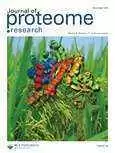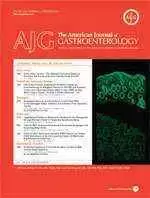Celiac.com 08/22/2011 - Research has shown that infants with celiac disease have microscopic changes to the intestinal tract, as compared to adults with the disease.
A research team recently examined bacterial differences in the upper small intestine in healthy adults with untreated celiac disease, healthy adults with celiac disease treated with a gluten-free diet, and children with untreated celiac disease, and children with celiac disease treated with a gluten-free diet.
Celiac.com Sponsor (A12):
The research team included E. Nistal, A. Caminero, A. R. Herrán, L. Arias, S. Vivas, J. M. de Morales, S. Calleja, L. E. de Miera, P. Arroyo, J. Casqueiro. They are affiliated with the Área de Microbiología, Facultad de Biología y Ciencias Ambientales, Universidad de León, León, Spain.
The team used 16S rRNA gene sequencing of DNA extracted from duodenal biopsies to identify the status of their subjects. The gene sequences from adults and children showed that this intestinal region is colonized by bacteria of three different phyla: Firmicutes, Proteobacteria, and Bacteroidetes.
In total, the team identified 89 different bacterial genera in adults and 46 in children. Children showed significantly lower bacterial richness than did adults. Analysis of the bacterial communities of both healthy and untreated celiac disease patient groups (including both children and adults) showed age to have a strong effect on principal component 1 (clustering all adults and children separately), as well as a possible separate clustering in adults with untreated celiac disease.
The study revealed bacterial differences in the upper small intestine between untreated children with celiac disease and untreated celiac adults due to age. There are differences in the upper small bacteria microbiota between treated and untreated celiac disease adults due to treatment with a gluten-free diet.
Source:
- Open Original Shared Link.







Recommended Comments
There are no comments to display.